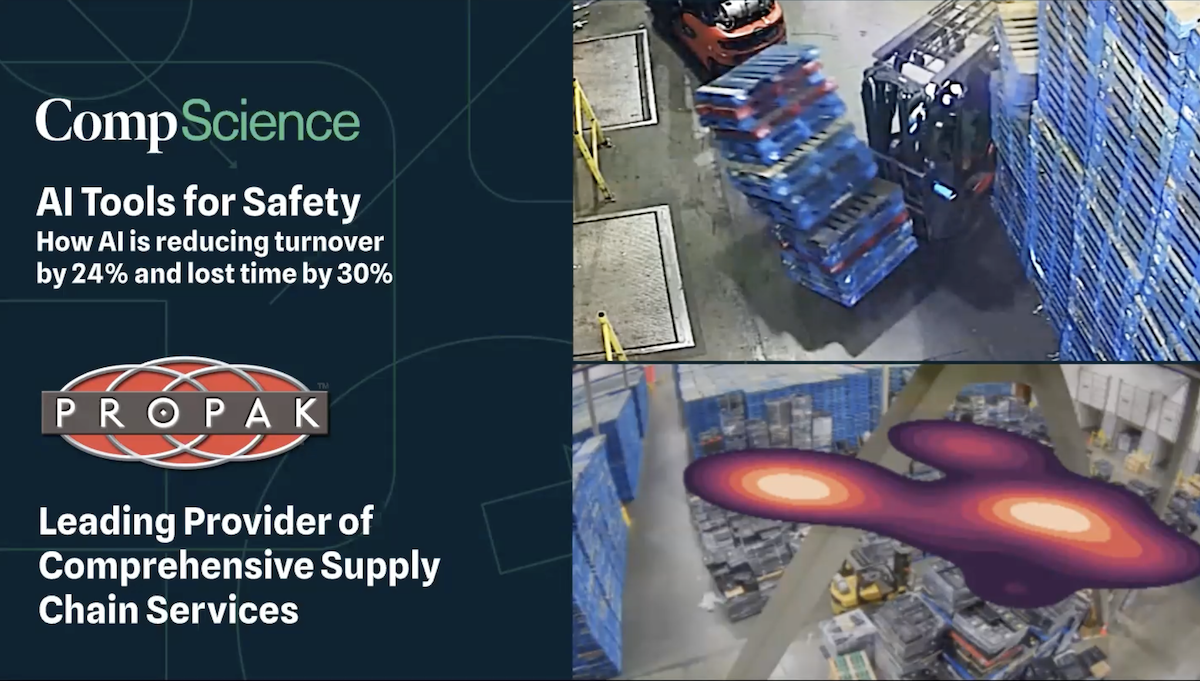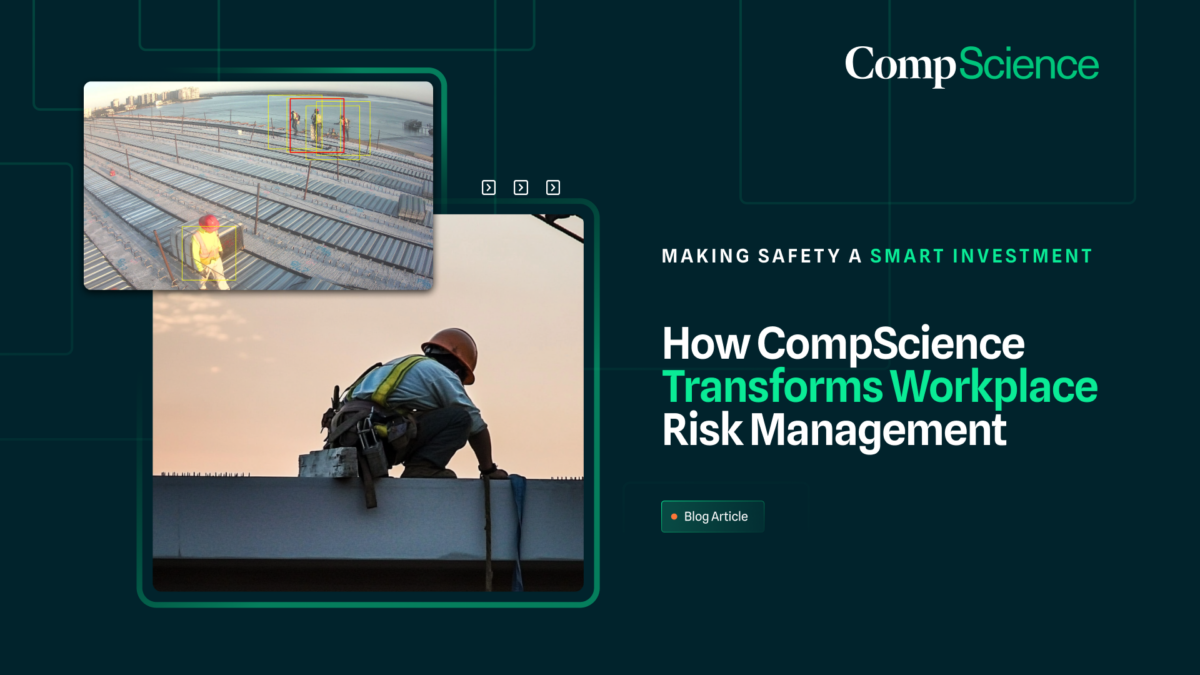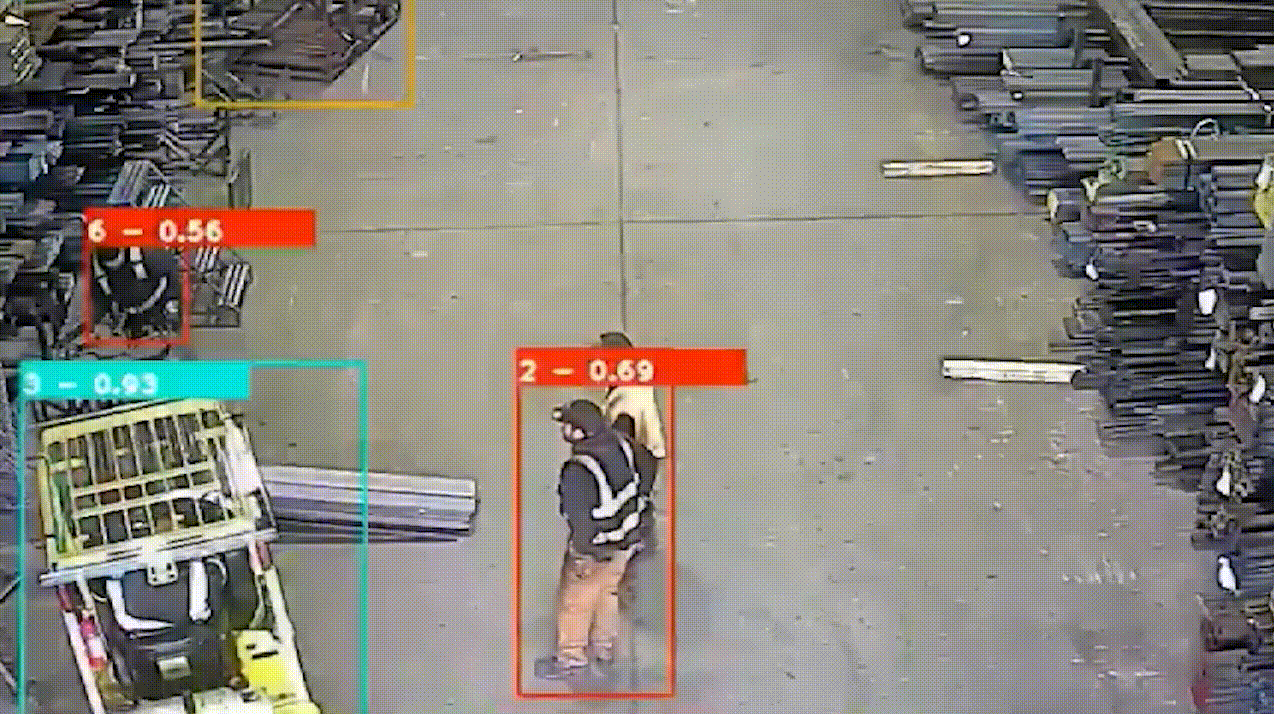Computer Vision, Insight, Workplace Safety
Enhancing Hazard Communication with Computer Vision
In the complex landscape of workplace safety, effective hazard communication is critical, especially when dealing with hazardous chemicals. Safety Data Sheets (SDS) and labels play a pivotal role in conveying vital information about chemical hazards and safe handling practices. These tools, alongside procedures for safe chemical handling, reporting, and responding to chemical incidents, form the backbone of workplace safety. Computer Vision, a branch of Artificial Intelligence (AI) focused on enabling computers to interpret and understand the visual world, offers innovative solutions to bolster hazard communication, ensuring that safety information is more accessible, accurately interpreted, and effectively implemented.
How Computer Vision Can Help
Computer Vision can significantly enhance hazard communication in several ways:
Detection and Alerts: By analyzing video feeds from cameras in the workplace, computer vision systems can automatically detect when chemical containers are being improperly transported. The system can then alert safety managers to rectify the issue, ensuring that hazard information is always visible and accessible.
Educational Tools: Computer vision can be integrated into training programs to help employees better understand risks. Through video analysis, workers can watch replays of risky scenarios in their workplace, making training more engaging and effective.
Enhanced Incident Response: In the event of a chemical spill or exposure, computer vision systems can quickly identify the chemical involved by its label and provide immediate access to its SDS on screens or mobile devices for first responders. This rapid access to information can be crucial in mitigating the impact of the incident and providing appropriate first aid.
Monitoring Safe Chemical Handling: Computer vision can monitor adherence to safe handling procedures, such as the use of personal protective equipment (PPE) when handling hazardous chemicals. If the system detects a deviation from established safety protocols, it can immediately alert workers or supervisors to correct the behavior.
Fire Safety: In environments with flammable chemicals, computer vision can detect early signs of fire, enabling quicker activation of fire suppression systems and evacuation procedures.
Conclusion
By leveraging computer vision, businesses can significantly improve hazard communication, ensuring that workers are better informed about the chemicals they work with and how to handle them safely. This technology offers a proactive approach to safety management, enhancing traditional methods of hazard communication with real-time monitoring, interactive training tools, and rapid incident response capabilities. As computer vision technology continues to advance, its integration into workplace safety protocols represents a promising avenue for reducing accidents and enhancing the overall safety culture within industries that handle hazardous materials.









